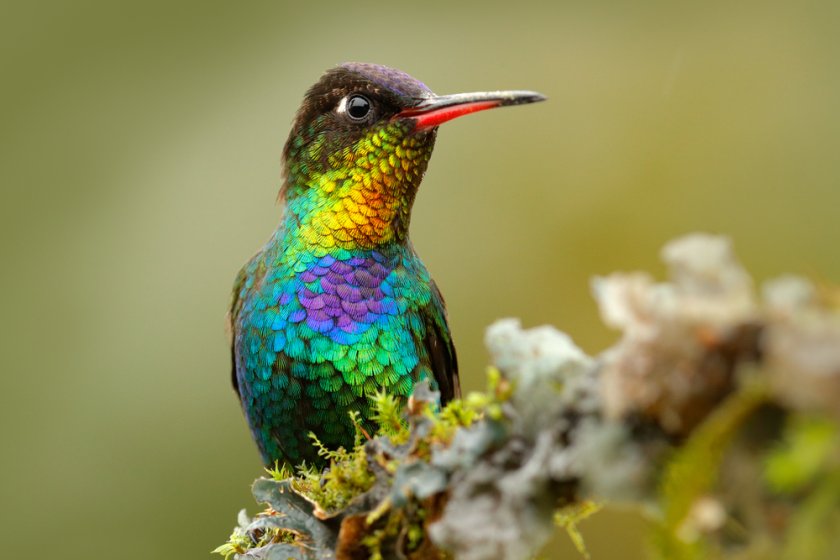
category_news
WUR experts say biodiversity agreement is “enormous, necessary step”
On 19 December, nearly 200 countries signed a historic agreement to protect the world’s biodiversity at the COP15 UN summit in Montreal. WUR researchers Jelle Behagel, Sylvia Karlsson-Vinkhuyzen and Liesje Mommer closely followed the summit. What do they think of the outcome of the negotiations?
“This is the Paris Agreement for biodiversity,” says Associate Professor of Forest and Nature Conservation Policy Jelle Behagel, who attended the summit in Montreal. “I am very relieved. I feared that the summit would end up without an agreement, but they succeeded in the end.” Liesje Mommer, founder of the Wageningen Biodiversity Initiative, is also positive abut the results. “This is an enormous, necessary step,” she exclaims. “Nature won!” Mommer followed the summit from the Netherlands, where she was kept up to date by people attending the negotiations via Whatsapp. “Biodiversity is now a hot item on the political agenda, and the industry has taken note too. Plus, it will also help raise people’s awareness of the problems.”
30 by 30
The agreement reached in Montreal contains a number of important elements. The most compelling of these is the ‘30 by 30’ agreement, which states that at least 30% of all land and water on earth must be protected by 2030. Currently, some 16% of all land and 8% of the seas and oceans have protected status. So this is a realistic target, thinks Behagel, who hopes that countries will include this 30% target in their national legislation.
The agreement also involves a ‘substantial financial commitment’, as Behagel calls it. Rich countries are expected to jointly spend around $20 billion a year by 2025, and at least $30 billion a year by 2030, to achieve the targets. “That is certainly not enough, but it’s much more than they have spent up till now.” In addition, the UN agreement recognises the rights of indigenous peoples and local communities.

The negotiators in Montreal also made significant strides in agriculture and food production. Target 10, one of 23 targets in the agreement, addresses the need to manage agriculture, fisheries and forestry sustainably. “The text includes terms like agroecological approaches and biodiversity-friendly practices,” says associate professor Sylvia Karlsson-Vinkhuyzen of the Public Administration and Policy Group. “These are the kinds of terms I was hoping for. Researchers know that you cannot stop the loss of biodiversity by only focusing on protecting natural areas. Sustainable food production, for example, is at least as important.”
The real work has yet to start
The experts from Wageningen agree that the Montreal agreement is not the end, but rather only the start of a process. Now it comes down to implementation. “The agreement is not legally binding. There are plenty of examples of agreements that were not kept and targets that were not achieved by the UN member states in the past,” says Karlsson-Vinkhuyzen. However, the countries that signed the agreement do have to submit a national biodiversity plan and an action plan, just like in the Paris climate agreement. These plans will also be reviewed regularly. “That is a lot better than what we had,” says Behagel.
Moreover, the document can have other impacts, Karlsson-Vinkhuyzen stresses. “These agreements could have a positive effect on public-private partnerships, donor organisations like development banks, and public opinion in general. I also noticed that the industry was more visible and more ambitious in Montreal than during previous conferences.”
“A clear target has been set,” concludes Liesje Mommer. “But the real work has yet to start. I think that we at WUR can make an important contribution to this work.”